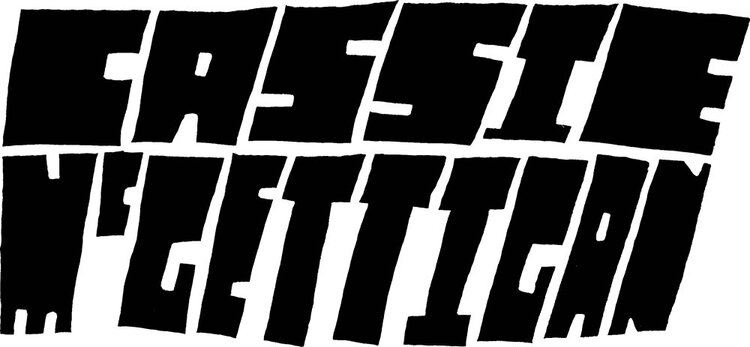© Lee Miller Archives, England 2013. All rights reserved. www.leemiller.co.uk
Lee Miller is another one of my big fascinators and another American woman who caught big waves in Europe. She was both a photographer and great collaborator with photographers, most notably Man Ray. It doesn’t sit right to call her a model, though that is how she got herself out of Poughkeepsie.
The top portrait of Lee was taken by Man Ray in 1929; then in 1941, Lee took “Women in Fire Masks”. Clearly those two had things to say to one another. There is a book about this called Man Ray | Lee Miller, Partners in Surrealism (via Mondo-Blogo).
When the war came, Lee became a war photographer. She entered the U.S. Army as a correspondent for Vogue and was dispatched weeks after D-Day to report from St. Malo, the liberation of Paris, Alsace, and the concentration camps at Buchenwald and Dachau, where she was the first woman photographer to enter. Her reports were unusual for Vogue, andVogue, to its credit, published them.
Then comes the Hitler bathtub shot. Lee was an absolutely legit photographer, both of beautiful things and of war, but because she looked as she did, her most famous work has her in it. “I looked like an angel on the outside. That’s how people saw me,” she wrote. “But I was like a demon inside. I had known all the suffering of the world since I was very a little girl.”
© David E. Scherman. Courtesy Lee Miller Archives, England 2013. All rights reserved.
This image was taken by David E. Scherman, a Life correspondent with whom Lee traveled and worked throughout the war. It was the night after the two of them had photographed Dachau—that same day, Hitler had committed suicide in Berlin and they had entered Munich with American troops liberating the city. They came upon a regular-seeming apartment building at Prinzenregentplatz 27 and realized, upon entering, that it was Hitler’s Munich apartment. They stayed there for three days amid the swastika china and linen monogrammed A.H. Scherman slept in Hitler’s bed and Lee took this bath.
The New York Times described the image like this: “A picture of the Führer balances on the lip of the tub; a classical statue of a woman sits opposite it on a dressing table; Lee, in the tub, inscrutable as ever, scrubs her shoulder. A woman caught between horror and beauty, between being seen and being the seer.” Yes, there is the Hilter pic prop, and the figure prop, and beautiful Lee, but there is also the filthy boots.
Lee said she was only trying to wash the stench of Dachau away, though apparently there was also a reverse setup, now lost, with Scherman in the tub. So she was definitely after art too, and perhaps through it, the survival ofher sense of humanity despite the atrocities she was seeing and documenting. She wrote to her Vogue editor Audrey Winters:
I was living in Hitler’s private apartment when his death was announced, midnight of Mayday … Well, alright, he was dead. He’d never really been alive to me until today. He’d been an evil-machine-monster all these years, until I visited the places he made famous, talked to people who knew him, dug into backstairs gossip and ate and slept in his house. He became less fabulous and therefore more terrible, along with a little evidence of his having some almost human habits; like an ape who embarrasses and humbles you with his gestures, mirroring yourself in caricature. “There, but for the Grace of God, walks I.”
Lee carried the experience of the war with her forever. She described her life as a “rotten puzzle, whose drunken pieces never match in shape or meaning.” Throughout it, though, she made great pictures.
We thank the Lee Miller Archives for allowing us to use Lee’s pictures and David E. Sherman’s pictures in this post.
This post originally appeared on the Gravel & Gold blog.








